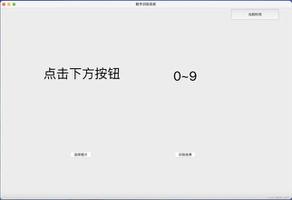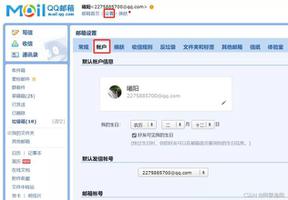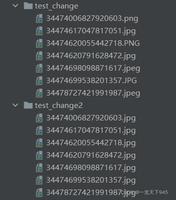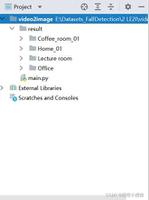将发送的TCP数据转换为python中的可打印文本
我有一个通过TCP发送的'double'(来自MATLAB)的数组。将发送的TCP数据转换为python中的可打印文本
接收端(PYTHON)中,当作为字符串印刷,被示出为:
> b'?\xf0\x00\x00\x00\x00\x00\[email protected][\xc0\x00\x00\x00\x00\[email protected]`\x00\x00\x00\x00\[email protected]\x00\x00\x00\x00\[email protected]\xb0\x00\x00\x00\x00\[email protected]\x7f\xf0\x00\x00\x00\x00\[email protected]\x83\x18\x00\x00\x00\x00\[email protected]\x868\x00\x00\x00\x00\[email protected]\x87\xe0\x00\x00\x00\x00\[email protected][\x80\x00\x00\x00\x00\[email protected]@\x00\x00\x00\x00\[email protected]`\x00\x00\x00\x00\[email protected]\xa0\x00\x00\x00\x00\[email protected]\x7f\xe0\x00\x00\x00\x00\[email protected]\x83\x10\x00\x00\x00\x00\[email protected]\x860\x00\x00\x00\x00\[email protected]\x87\xd8\x00\x00\x00\x00\[email protected]\x88\x90\x00\x00\x00\x00\x00' 如何解码此看起来相同,作为初始是可读的?
回答:
使用标准库中的struct模块来解压二进制数据。
struct.unpack函数接受两个参数,格式字符串定义二进制数据的布局和数据本身。
由于数据来自网络,我们假设网络订单(格式为!);数据是加倍的数组,因此我们将使用双精度型(格式d)。 struct模块为double定义了8的大小,而bytestring的长度为144,所以这是18倍,给出格式字符串!18d。
解压数据:
>>> unpacked = struct.unpack('!18d', data) >>> unpacked
(1.0,
111.0,
211.0,
311.0,
411.0,
511.0,
611.0,
711.0,
764.0,
110.0,
210.0,
310.0,
410.0,
510.0,
610.0,
710.0,
763.0,
786.0)
>>>
如果这个输出是不是你可以有你期待什么,然后用一些结构模块中定义的其他格式进行实验,或者找出Matlab的串行化到底有数据通过网络传输。
以上是 将发送的TCP数据转换为python中的可打印文本 的全部内容, 来源链接: utcz.com/qa/258252.html







